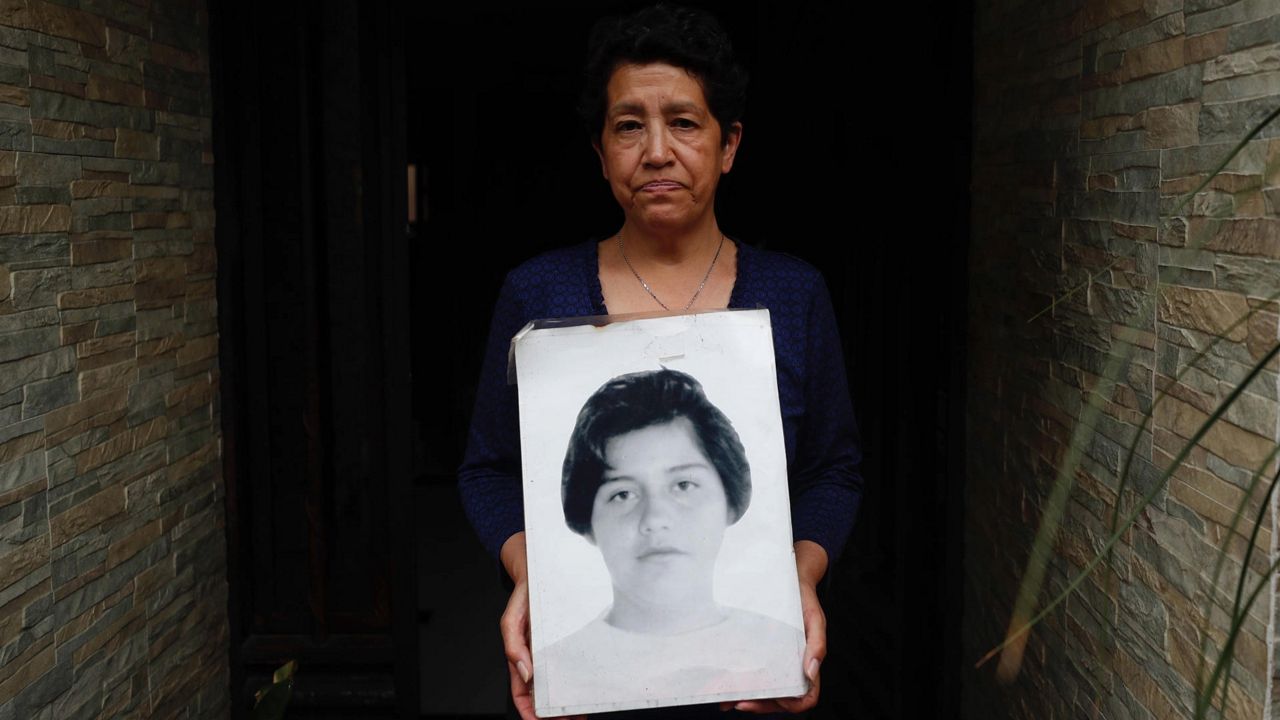Sais explains that, in the midst of the COVID-19 pandemic, he missed an “important letter” and temporarily lost his entitlement to SNAP, an anti-poverty program better known as food stamps. “There were times when I had to take a test, and instead of focusing on the test, I was thinking about what I was going to be able to eat that night,” says Sais, who graduated with degrees in Political Science and Journalism from Sacramento State University and He is now in his first year of postgraduate studies at the same institution.
Sais had his eligibility reinstated earlier this year. He is part of a largely hidden group that researchers and policymakers are still trying to help: full-time college students struggling with severe food insecurity. Radha Muthiah, president of the Capital Area Food Bank, calls the issue a hidden crisis, “one of those issues that came out of the shadows during the pandemic.” She estimates that at least 30% of college students are food insecure.
During the pandemic, the United States Department of Agriculture relaxed SNAP eligibility requirements for college students, allowing those receiving financial aid without expected family support and anyone who qualifies for work and employment programs to enter. study simultaneously, regardless of the hours worked. The researchers estimate that up to 3 million college students were added to the program as a result.
However, with the end of the public health emergency, students already receiving SNAP benefits had until June 30 to recertify and remain in the program, under pandemic-era rules. Expanded SNAP eligibility will only last one more year, and the entire program will return to pre-pandemic rules at different times over the next year, depending on individual state schedules.
“Potentially thousands of college students could lose access to this program in the next two months,” said MacGregor Obergfell, deputy director of Government Affairs for the Association of Public and Land-grant Universities. “It’s going to come in waves,” he adds.
For now, the expanded rules will no longer apply to college freshmen this year.
“Somehow this slow disaster starts, where we’re going back to the old SNAP rules, right at a time when the need for food security is obviously increasing,” said Bryce McKibben, senior director of Policy and Advocacy at the Hope Center. from Temple University.
There is anecdotal evidence that hunger among college students is rising due to inflation, says Robb Friedlander, director of advocacy for the organization Swipe Out Hunger, which focuses on college food insecurity. “We’ve definitely seen a massive increase in the level of need on campus, from red states to red states,” adds Friedlander.
Growing awareness of the scope of the problem has led to the creation of food pantries on the campuses of hundreds of American universities over the past decade, but many of these pantries, even at major universities, are funded entirely by donations, making it that limits its size and scale.
Given the irregular hours that often define life for college students, some campus pantries have developed 24-hour service models that do not require constant staff presence.
When Sais can’t make it during normal hours, the Sacramento State Pantry allows you to order groceries online and pick them up at a locker. At Georgetown University, the donor-funded pantry is a locked room with shelves of food and toiletries and a refrigerator for perishables. Any student who asks for help is given a code to open the door and can essentially come and go as she needs to.
Now these pantries are bracing for a new wave of needs as students are phased out of SNAP rolls. In April, Swipe Out Hunger published an article alerting colleges across the country to prepare for a spike in students in need.
“Movement at food banks and pantries is already increasing, as states have been ending their emergency SNAP benefits early,” the group warned. “When these emergency benefits end at the federal level, prepare to see a similar increase in student need for campus pantries and other campus hunger relief programs.”
Even with the relaxation of SNAP access guidelines, many students reported bureaucratic obstacles and general frustration navigating the system. When Jessalyn Morales, a junior at Lehman College in the Bronx, faced a sudden financial crisis, it took her months and five rejected applications to qualify for SNAP. In one case, he tells her, her application was denied because she was not working enough hours, something that should have been impossible under pandemic rules.
When his Lehman College dormitory closed last fall, Morales’ housing costs nearly doubled. She survived for months off of the campus food pantry and leftover food from his roommates.
“I had to choose between paying the rent and being able to buy food for the week,” recalls Morales, 21. “Many of my friends did not know about my problems. It’s a little hard for them to understand, really.”
Morales began receiving SNAP benefits in May. He now says he can extend his monthly payment of $260 to two months of food, if necessary, “because I’ve gotten really good at shopping and budgeting.”
In separate interviews, both Sais and Morales used the term “survival mode” to describe their daily realities. Obergfell, of the Association of Public Universities, cautions that such stress has an unintended side effect: It creates hopelessness among the specific subset of students who are seeking college degrees to break the cycle of generational poverty.
“We need to help these students stay and succeed in college,” he says. “Students need to have their basic needs met before they can be fully present and active in the classroom.”
As Sais recalls, mere survival should not be the goal.
“Sometimes I would like to thrive rather than just survive,” he says. “Fighting your whole life is just exhausting.”
___
Morga reported from New York
FOUNTAIN: Associated Press






